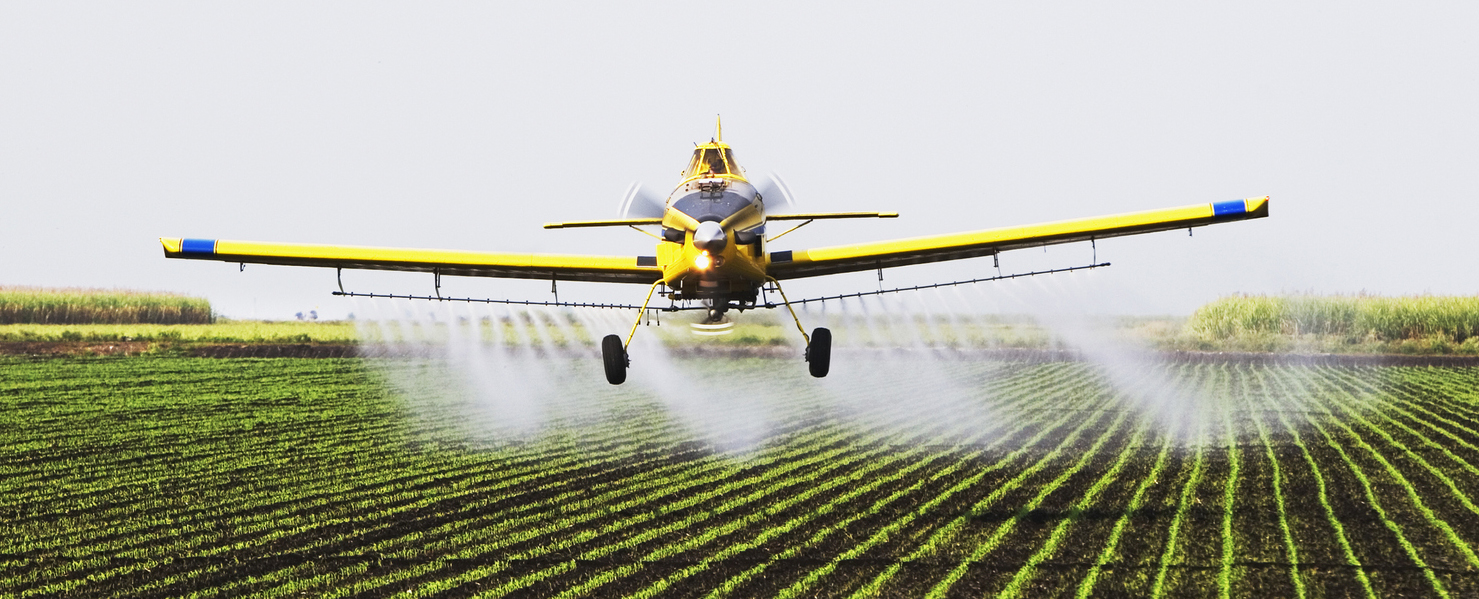Products You May Like
A chemical used in agriculture around the world is tightly regulated in the United States, but a preliminary study suggests it could be widespread in the country’s food supply anyway.
Scientists at the controversial US nonprofit Environmental Working Group (EWG) found the chemical chlormequat in four out of five urine samples collected from people living in the US. It’s unclear what impact this chemical could have on human health, and the authors say we need to know more.
It’s important to note the EWG has been criticized in the past for exaggerating the risks of genetically modified foods, promoting an unfounded link between mercury in vaccines and autism, and taking funding from the organic food industry, who have a vested interest in turning consumers against foods grown with chemicals.
With that context in mind, this new paper has passed peer review, and been published in Springer Nature’s Journal of Exposure Science and Environmental Epidemiology, which lends it some scientific credibility.
Chlormequat is a type of plant growth regulator (PGR), which describes synthetic chemical compounds used in agriculture and horticulture that act similarly to plant hormones. It’s most commonly used in the form of chlormequat chloride, and is the key ingredient in CCC-720 and Cycocel.
Chlormequat limits cell elongation in a plant’s stem, which can make for a shorter, more sturdy plant. Farmers use chlormequat because plants with strong, truncated stems won’t lean or fall over, making crops much easier (and therefore cheaper) to harvest.
Many countries allow the use of chlormequat in agricultural crops, including Australia, the United Kingdom, Canada, and the European Union.
But in the US, the chemical is banned from use on any food crops, and is only approved for use in growing ornamental plants. However, since a decision by the US Environmental Protection Agency in 2018, foods grown with chlormequat are allowed to be imported into the country.
The authors of the new paper say they are concerned by these regulatory changes, and by how common chlormequat was in their samples.
Their urine samples were from mixed sources: there were 21 samples from pregnant women in South Carolina from 2017; 25 samples from Missouri collected from men and women between 2017 and 2022; and 50 samples from men and women in Florida in 2023.
The chemical showed up in 69 percent of the 2017 samples, 74 percent of samples from 2017-2022, and 90 percent of samples from 2023.
Where it was detected, concentrations of the chemical were consistent between the 2017 and 2018-2022 groups, while the samples from 2023 had significantly higher concentrations. Chlormequat doesn’t stay in the body long, so the authors say the high prevalence could indicate “likely continuous exposure”.
But this theory would need to be tested over time with a larger data set. The small sample sizes the different sources of samples means it’s not possible to compare trends across the different years and locations.
They also found chlormequat in food purchased and tested in 2022 and 2023. It was present in all but two of 25 oat products tested, and in two of nine wheat-based products tested.
We don’t know much about what this chemical does to a person who’s eaten sufficient quantities, but some animal studies have found that exposure to equivalent levels deemed safe by the WHO can be linked to issues with fertility, puberty, fetal development and postnatal health. However, other studies report entirely opposite results.
“The ubiquity of this little-studied [plant growth regulator] in people raises alarm bells about how it could potentially cause harm without anyone even knowing they’ve consumed it,” says toxicologist Alexis Temkin from EWG, who led the research.
EWG is pushing for more research into the human health effects of chlormequat, while policymakers continue to ease laws restricting it. In 2020, the Trump administration increased the allowable amount in oats imported to the US, and now the Biden administration is considering approving its use on US-grown crops including barley, oats, wheat and triticale.
“The federal government has a vital role in ensuring that pesticides are adequately monitored, studied and regulated,” Temkin says. “Yet the EPA continues to abdicate its responsibility to protect children from the potential health harms of toxic chemicals like chlormequat in food.”
This research is published in the Journal of Exposure Science & Environmental Epidemiology.
